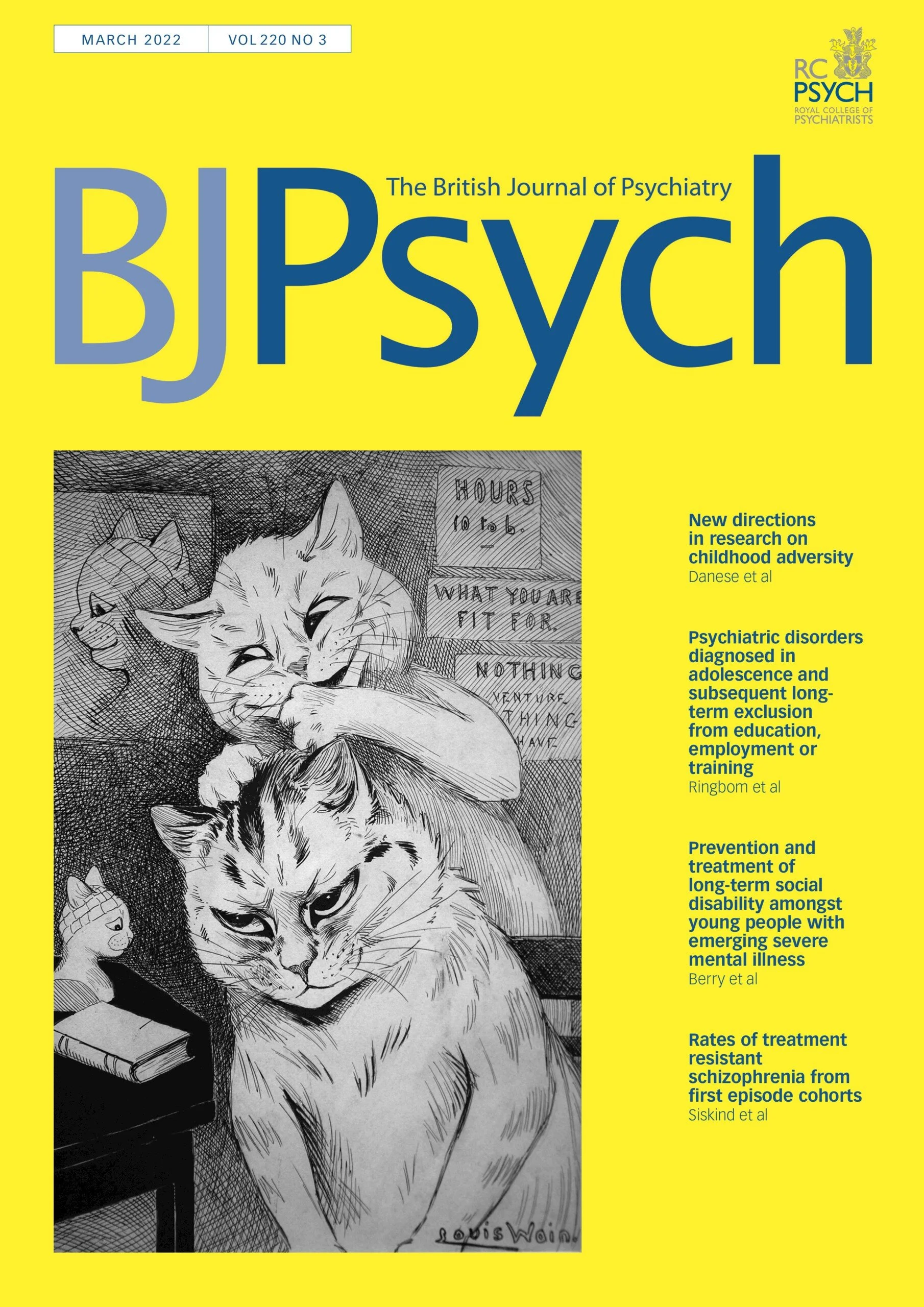March 2022
/Excerpt below from the March 2022 Kaleidoscope column in The British Journal of Psychiatry (BJPsych). You can read the full column for free here
The number of foodbanks in the UK has increased dramatically over the past few years. So, it's timely to read the work by Paquin et al on the longer-term impact of childhood food insecurities. Over 2000 Canadian infants, part of a longitudinal cohort study, were followed up to the age of 15. This included determining whether anyone had experienced hunger because the family had run out of food, or money to buy food, in the previous year. The general prevalence of household food insecurity was 8%. Those at high risk – defined as having a stable, approximately 50% probability of experiencing this at every age evaluated – accounted for almost 4% of the total sample. These individuals were more likely to live in single-parent, low-education and low-income families, with more siblings and higher rates of parental depression. Even after adjusting for these confounders, these children had higher rates of cannabis use, peer bullying and school dropout. The authors propose that familial dynamics may be a contributor to this, for example, through higher rates of parental stress, intimate partner violence and child maltreatment that affect how children learn to deal with adversity. They conclude that food insecurity can be identified relatively easily, and interventions are eminently viable. In the UK, the cost of living increase last year was the highest rate in a decade, and energy cost projections for the coming years are well above those of previous years. This study warns of the consequences of financial insecurity on increasing adversity and poorer functioning in young people


